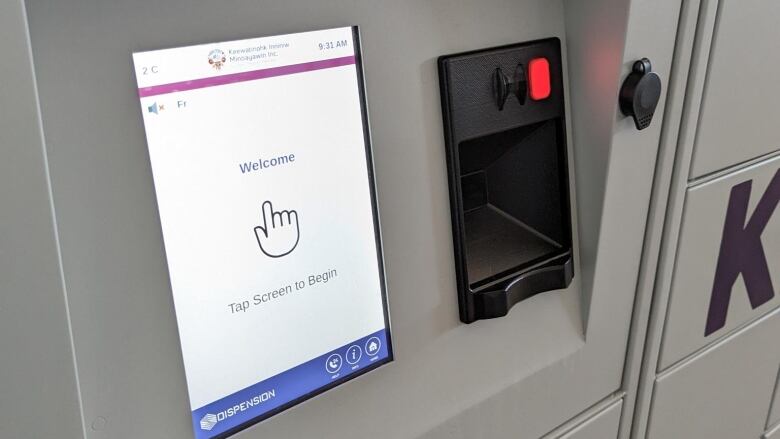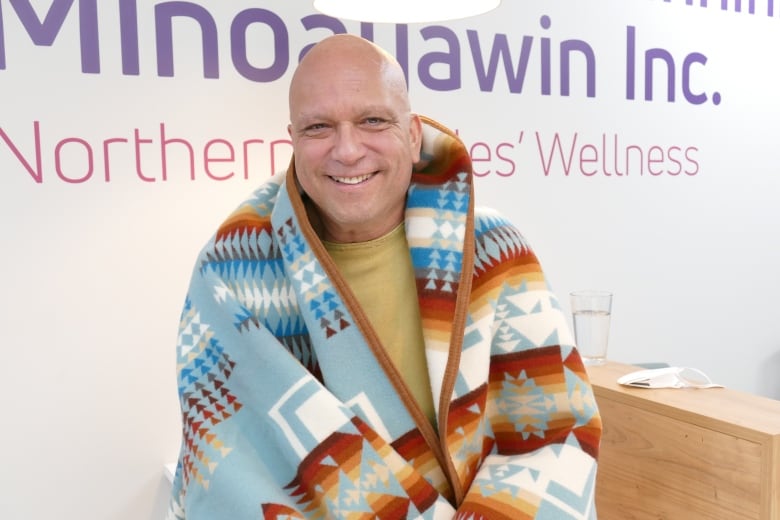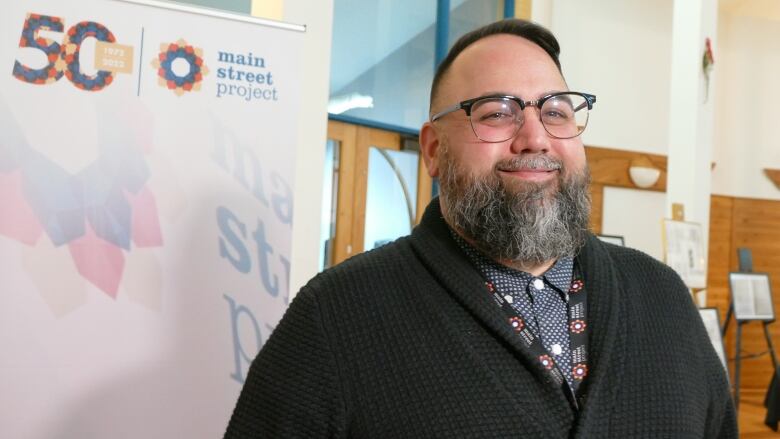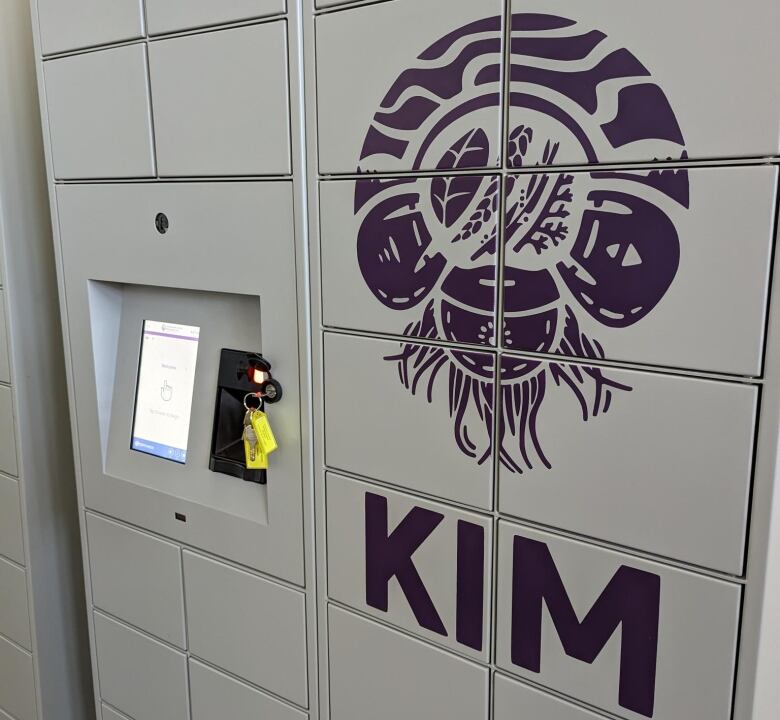New dispensing machines will use handprint technology to deliver harm reduction supplies in Manitoba
'We want the public who need it the most to have access,' says Keewatinohk Inniniw Minoayawin CEO

Harm reduction supplies will soon be more readily availablein select areas of Winnipeg through dispensing machines that can identify people by the palm of their hand.
Keewatinohk Inniniw Minoayawin, an organization that works toimprovehealth care for northern Manitoba First Nations, has eight new dispensing machinesthat will be used in part to distributeharm reduction tools such asnaloxone kits and clean needles, said the organization'schief executive officer.
To start, KIM is working to locate themachines in Winnipeg and Churchill and maybe a few communities in between, saidDr. Barry Lavallee.
"It gives an individual a real sense of independence in keeping themselves safe and living safely. That's really the whole purpose of harm reduction," Lavallee said.
"It's really using a technology to support people in a harm reduction way."

The machines work by using someone's palm identity to allow them to gain access to certain slotted areas, he explained.
"There will be a variation of models that go on across Manitoba," said Lavallee. In the initial rollout, there may be differences from site to site in who has access to the machines, and the number of people who do, he said.
Manitoba has been seeing an increasing number of overdose deathsin recent years. According to data from the province's Office of the Chief Medical Examiner, 407Manitobansdied from overdoses in 2021, up froma record 372 overdosedeaths in 2020.
Preliminary numbers for 2022 up to the month ofDecember show there were 377 drug-related deaths in Manitoba to that point.
Main Street Project 'pretty excited' about pilot
While Lavalleesaid it's too early to saywhere all eight of the dispensing machines will be situated, the executive director of Winnipeg's Main Street Project said he believes his organization, which works with vulnerable people, will gettwo at itssite.
Jamil Mahmood said the pilot will giveMain Street Project an opportunity to distribute harm reduction supplies in a new and different way.
"We're pretty excited about kind of piloting them in our shelter space," he said.

People are dying from a toxic drug supply, said Mahmood, and while naloxonecan temporarily reverse an opioid overdose, the amount needed to do sohas been increasing in recent years.
"We know that it's taking more... naloxoneevery time," he said.
"If we look at five years ago you could, you know,revive someone overdosing with one or two shots of naloxone,and now we're seeingeight to 10 [shots] in some situations to just bringpeople back," as more toxicdrugs find their way onto the streets.
"It's scary to see what's getting cut into drugs now."
Lavalleesaid part of the project also involves looking athow well the machines work for dispensing certain medications, such as diabetes medicine.
Main Street Project is also looking at how it canuse the machines to support people who use the non-profit'sshelter and require certain medications, said Mahmood.

"When folks are homeless or using shelters you have to keep all your possessions on you so, you know, managing things like keeping all your medication on you and stuff like that can be challenging," he said.
The dispensing machines could offer "safe medication storage only accessible by the people themselve through a palm scan,"saidMahmood.
"I think it's an innovative approach."
Model could move to other communities
Mahmood said if Main Street Projectfinds the machines work well to meet needsin Winnipeg, themodel could be used inremote and rural communities.
If Main Street Project ends up with two machines at itssite, one would likely be used for the harm reduction supplies and another would be put in a more secure area of the building and be used for some medications, said Mahmood.
He's not sure when they'll be in use at the site.

Lavallee said his organization will be monitoring how the machinesfunction and how effective they are over the next year.
"We want the community itself in its evaluation to say, 'Arethese kinds of machines part of how we see our lives going forward,'" he said.
Keewatinohk Inniniw Minoayawin is working in partnership with both Indigenous and non-Indigenous communities to improve access to care, Lavallee added.
"We want the public who need it the most to have access," he said. "It would be preferable [to have harm reduction access] 24/7, but we don't have the budgets to accommodate that. But let's startlet's make it known to the community that this is for you."
Lavallee said he's also looking at how the dispensing machines couldbe used in future to help deliver a safer supply of prescribed medications for people who use substances, but there's still a lot of work to be done first.












_(720p).jpg)


 OFFICIAL HD MUSIC VIDEO.jpg)
.jpg)



























































































